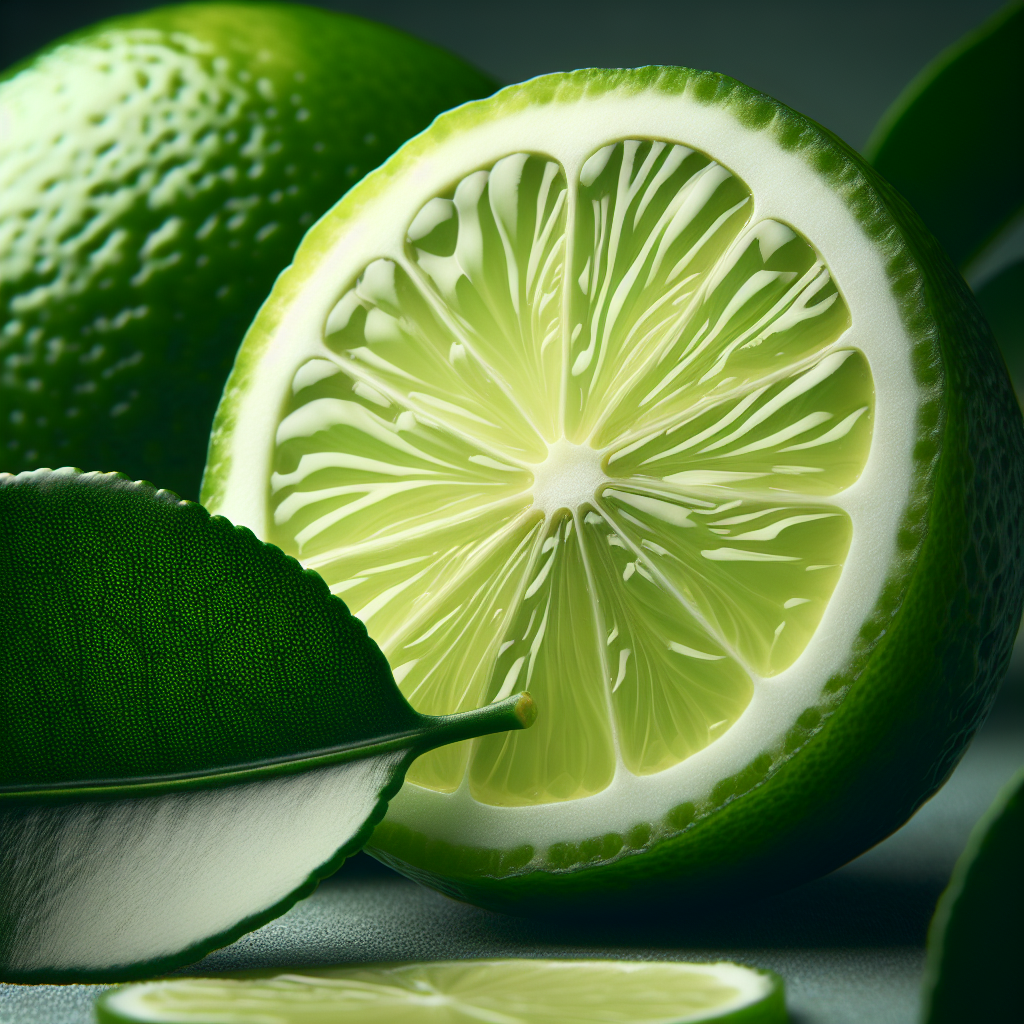Life wouldn’t be the same without them, even if limes aren’t always the main event! This small green citrus fruit, globally cherished, brings an acidic-yet-sweet flavor profile that’s truly one-of-a-kind. So, let’s dig into nine juicy facts about these vibrant little powerhouses!
Beyond the Basics: A World of Limes Awaits
You’d be surprised by the sheer variety of limes out there. While everyone agrees lime is a sweet and sour citrus, that’s pretty much where the consensus ends. The real head-scratcher is that most places just call them “limes,” no matter the specific species, and it’s only on rare occasions that they get a more precise name.
The Persian lime (Citrus × latifolia), which, funnily enough, first skyrocketed in popularity and large-scale cultivation in what’s now Iran, stands as the most common lime worldwide. Close behind is the Key lime (Citrus × aurantiifolia), a significantly smaller, more spherical fruit boasting a much sweeter punch. This little superstar also goes by the name Mexican lime. Then there’s the Kaffir lime (Citrus hystrix), almost always referred to as such, never just a “lime.” It’s practically a staple in Southeast Asian cooking, where both its fruit and leaves are culinary heroes.
Nature’s Genetic Playground: The Ever-Evolving Lime
No worries if that last bit left you a bit bewildered – the wild truth about limes is that they’re constantly transforming! Different species within the lime family are always mingling with others, cooking up more and more unique lime varieties. In fact, nearly every lime we munch on around the globe is actually a hybrid!
Lime vs. Lemon: A Zesty Showdown
I couldn’t disagree more with the notion that lemons and limes are interchangeable in the kitchen. While it might work out sometimes, other times it’s a definite no-go – imagine a Key lime pie made with lemons? The thing is, while both are sour and acidic, that’s where their similarities hit a wall. Lemons are more of a versatile all-rounder with a sweeter taste, but limes absolutely shine when you need that powerful, sour, acidic zing (think tacos or a margarita!).
The Lime’s Limitless Utility
Limes truly have an endless array of applications! Their juice often takes center stage or acts as a flavor booster in both alcoholic and non-alcoholic drinks. Thanks to its acidity, it’s also a frequent star in meat marinades. You’ll also find limes commonly pickled whole, making them an essential ingredient in South Indian cuisine. And, of course, the juice of the Key lime is the secret ingredient in that iconic American dessert, Key lime pie.
A Naval Advantage: Limes and the British Navy
Back in the day, when grand nations ruled the seas with sailing vessels, a major hurdle kept sailors from long voyages. This nemesis was scurvy, a frightening illness that gradually dismantled your body if you lacked enough vitamin C. The British Navy tackled this by dishing out citrus to their crew. They started with lemons, but later switched to limes. This strategy remained a closely guarded military secret, giving them an upper hand over other nations whose navies were still plagued by scurvy.
The Ancient Roots of Lime
We’ve got a pretty good hunch about where the first limes came from, even if we’re not 100% certain. Some of the earliest wild limes popped up in Southeast Asia, possibly originating in Indonesia. The rest of the world didn’t see limes until around 1,000 AD, when it’s believed Arabian traders hauled them overland from India to Africa and parts of the Mediterranean. It wasn’t until the 12th or 13th century that limes journeyed further west, brought home by returning Crusaders.
Wait, Limes Can Be Yellow?
This revelation totally blew my mind! For most folks, limes are just, well, green. But guess what? That’s not always the case! The Persian lime, for instance, actually ripens to a sunny yellow. Because it often gets mistaken for a lemon, you won’t usually spot it in markets. Instead, it gets snapped up for most commercial applications.
Australia’s Hidden Gem: The Finger Lime
The Australian finger lime (Citrus australasica) looks pretty unassuming when you pluck it from the tree. Measuring about 2-3 inches (5-7.5 cm) long and quite slender, it doesn’t immediately scream “exciting.” But slice it open, and prepare for a shock! Those tiny, pearl-shaped vesicles, packed with juice, effortlessly spill out of the skin. Pop them on your tongue, and they burst just like caviar, unleashing an incredibly vibrant lemony-lime flavor that’s simply unbeatable! No wonder they’re often called lime caviar.
Limes: Your Health’s Green Ally
Limes do a lot more than just ward off scurvy – they’re brimming with health benefits! For starters, both their juice and skin are loaded with antioxidants. And get this: the Kaffir lime has even shown off its antibacterial prowess, proving excellent against E. coli (that nasty bacteria often behind food poisoning!).
While limes might not get the universal spotlight like lemons, when used correctly, they truly deliver an unparalleled, fantastic fruity flavor. Whether you’re craving a fresh and tasty hit of vitamin C or a way to give a dish that incredible kick, you absolutely can’t go wrong with a lime – just make sure you pick the perfect one for the job!




